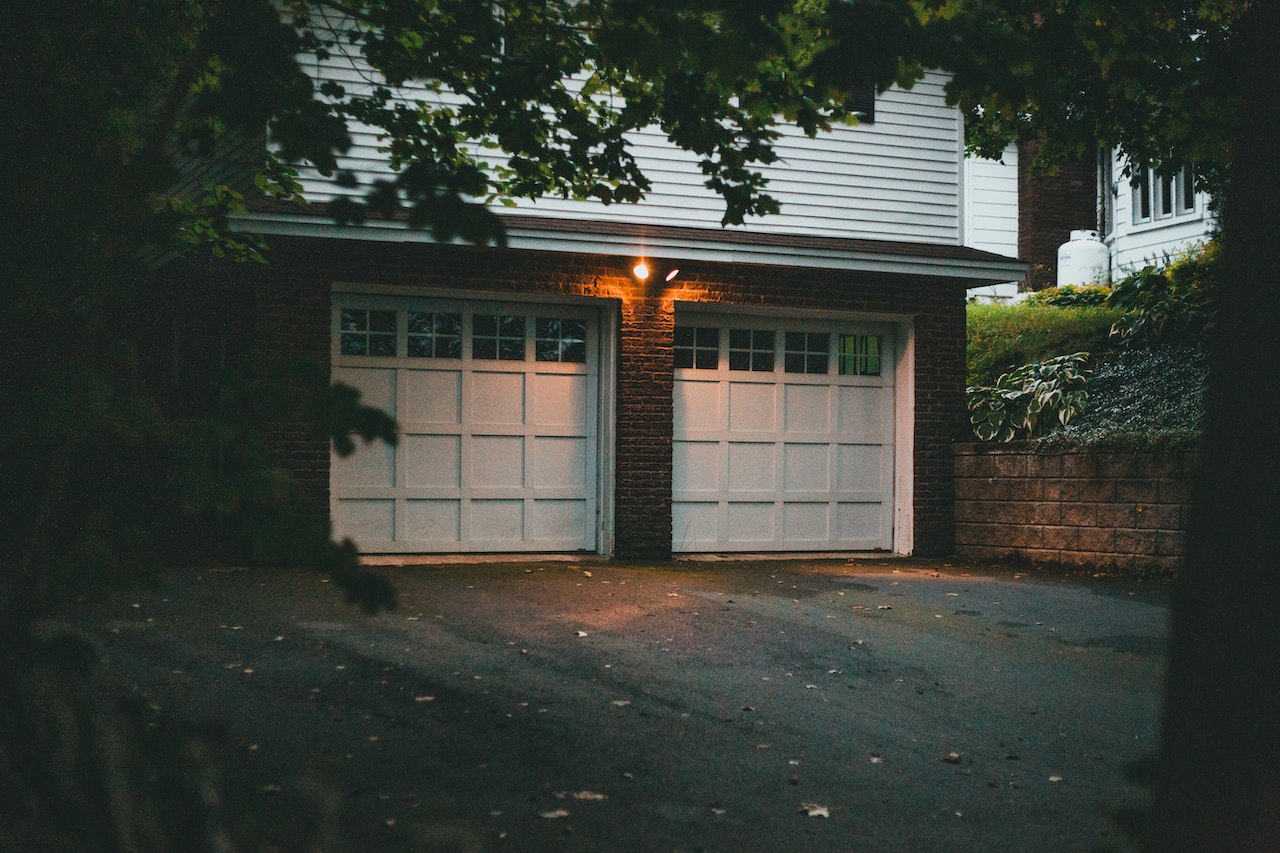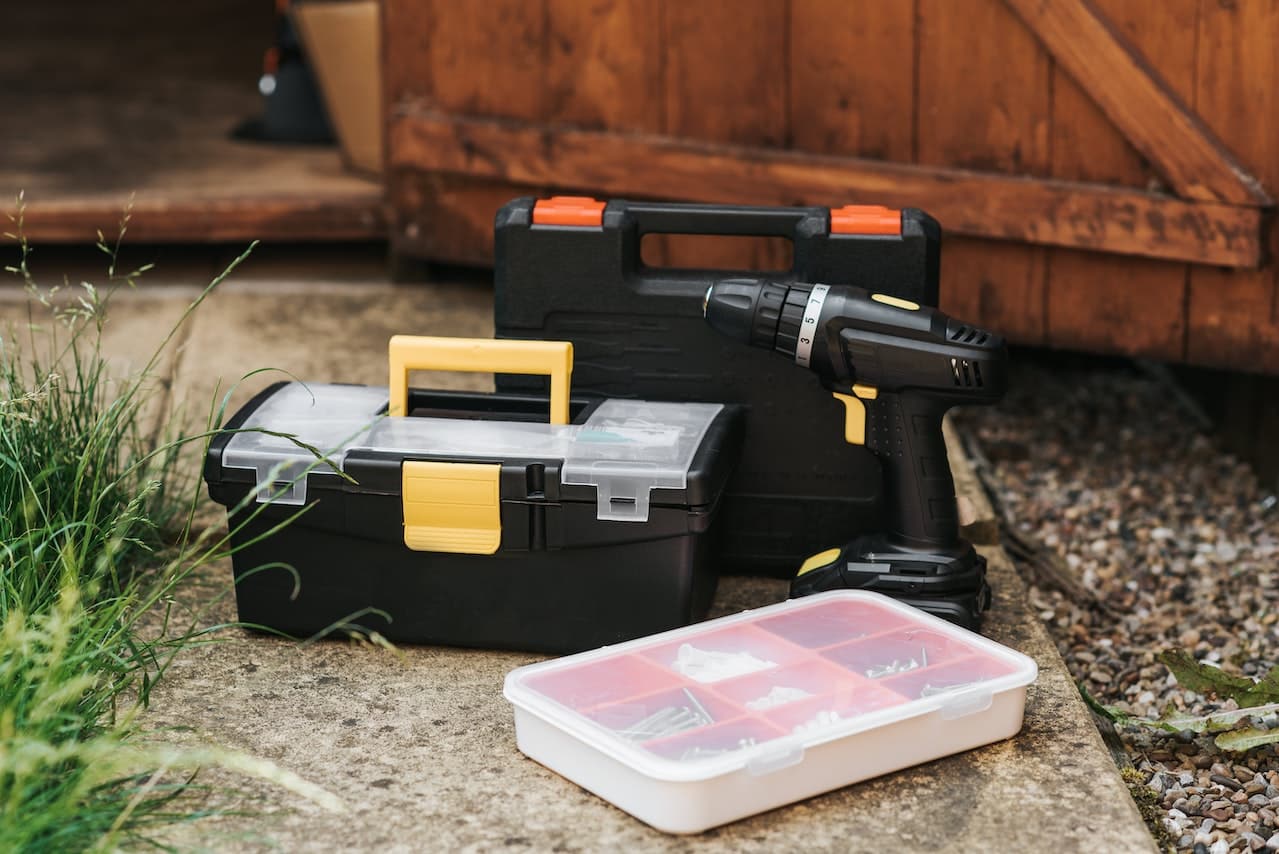Is your garage door not working well? Is it stuck open or shut, and you can’t budge it? You’re probably having a problem with the garage door sensors.
Garage door openers have sensors that will automatically stop them from closing if something is in the way. This safety measure is required after years of people and pets getting injured by closing garage doors. But when the sensors get knocked out of alignment, they will stop the door from closing even when nothing is in the way. It’s a frustrating situation but not impossible to fix.
You’ll have to bypass those sensors, and we’ll show you how.
Related: Creative Ways To Hide Outdoor Security Cameras
How Do Garage Sensors Work?
Before bypassing your garage door sensors, you should know how they work. Your garage door openers work with a remote control that activates the motorized trolley. Modern door openers are a combination of two technologies – wired to the house and remotely powered.
The garage door sensor uses an infrared radio signal which activates the door by turning on the electric motor. The motor engages the track-and-pulley system, which causes the door to rise or lower.
The infrared sensors are placed on both sides of your garage door about 6 inches above the ground. When they stop working, one of the sensors may begin to blink.
If the door won’t close, ensure there are no obstructions, realign the sensors, and remember to clean the sensor lens. Sometimes dust or spiderwebs can cause malfunctions.
How Easy is it to Break into a Garage?
Unfortunately, it is easy to break into a garage if you know what to do. A thief can break into a roll-up garage door with a block of wood and a wire coat hanger.
A thief can trip the garage door safety release mechanism from outside with the coat hanger. They’ll do that by threading the extended coat hanger through the top of the door and pulling the emergency latch. With the safety release disengaged, the door can be rolled up by hand. Once inside, the intruder can roll the door back down. Now the thief is inside your garage and then into your home.
Common Ways Sensors are Bypassed

Bypassing the garage door sensors can be accomplished in one of three ways:
- Walking above the sensor
- Misaligning photo eye sensors
- Pulling emergency release cord
Damaging or moving a photo eye sensor can cause the garage door opener to fail. Since the sensors are placed so low to the ground, you can bypass them simply by stepping over them. The door will continue to close if you walk above the sensor.
Related: What Are The Different Types of Perimeter Security
Are Garage Keypads Safe?
Generally speaking, garage door keypads are considered safe. They can be programmed with additional security features, like fingerprint readers, that make them even better than code readers.
Your garage door keypad will be fixed onto the outside of the garage – preferably on a wall. They come with 10,000 possible code combinations, and the code is linked to the door opener in the garage. The keypad is easy to use and effective.
Keypads are better than remote controls, but remember that a keypad isn’t a security system. You’ll have to ensure the security of your garage, its contents, and your home with good locks and an effective home security system.
Can Someone Steal Your Garage Door Frequency?
Yes, your garage door opener signal can be ‘stolen.’ The door opener works on a frequency range of 300 – 400 MHz. When you use your garage door remote, it sends a fixed code in that range. This is an open frequency range.
Thieves can use something called a Code Grabber to obtain your code. This device can be left somewhere near your garage door to record and save the code when you use your remote. Later, when you aren’t at home, they come and collect the device and just press the button that resends the code and opens your garage door.
A way to defend against this is by using a device with a rolling code. Instead of a fixed code, your new device will change the code every time you use it, making it impossible for the Code Grabber to be effective.
Can You Bypass the Sensors on a Craftsman Garage Door Opener?
If your Craftsman garage door doesn’t close, you’ll need to temporarily disable and replace the sensor lights. Here are the steps to follow:
Hold the Garage Door Open
Have a friend or a large object to prop open your garage door. Ensure that anything you use can bear the weight of the door, like a sturdy stool, table, or ladder. Once this object is in place, let the door rest on it.
Cut Off the Power
Pull the power cord out from the ceiling outlet, then follow the wires from the sensors to the terminals on the door opener. Depending on your model, you’ll have to find and loosen the screws to pull sensor wires away from the terminals.
Wrap the Sensor Wires
Wrap the sensor wires around the hangar bracket of the opener – if you aren’t removing the wires. This will protect the ends of the wires and keep them out of the way.
Finish Up

Now you can plug the power cord back into the ceiling outlet and go to the button on the wall. Press on the button and hold it until the door is completely closed.
Related: Are Home Security Systems Worth It? What You Need To Know
Bypassing Garage Door Sensors
If your garage door sensors go, your door won’t open or close remotely. The sensors are for your safety, so if something is wrong with them, you’ll need to fix it as soon as possible. But while they aren’t working, you should operate the door manually. Remember that the garage is one of the most vulnerable areas of your home to break-ins, so include it in your home security system.
Are you in the Austin, TX area, and do you need a first-rate security system? We have years of experience and can talk you through the complexities of new technology. Visit us at TriStar Security Services today!


